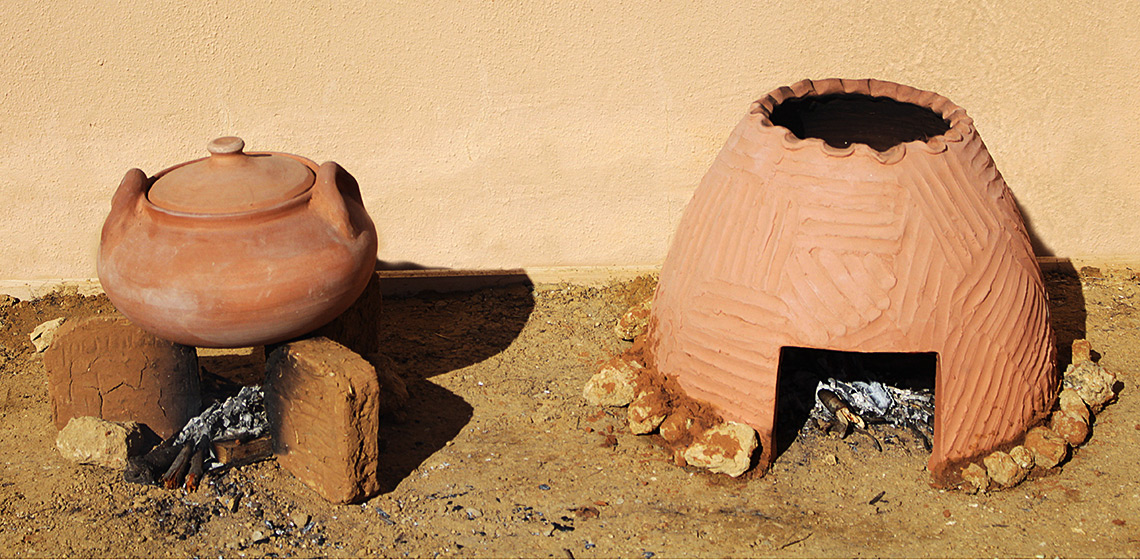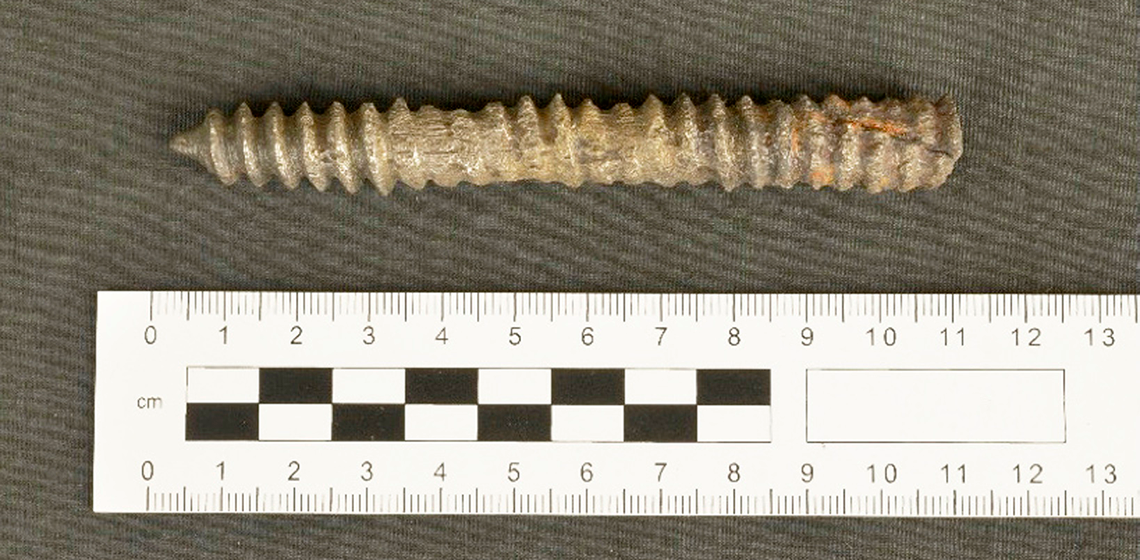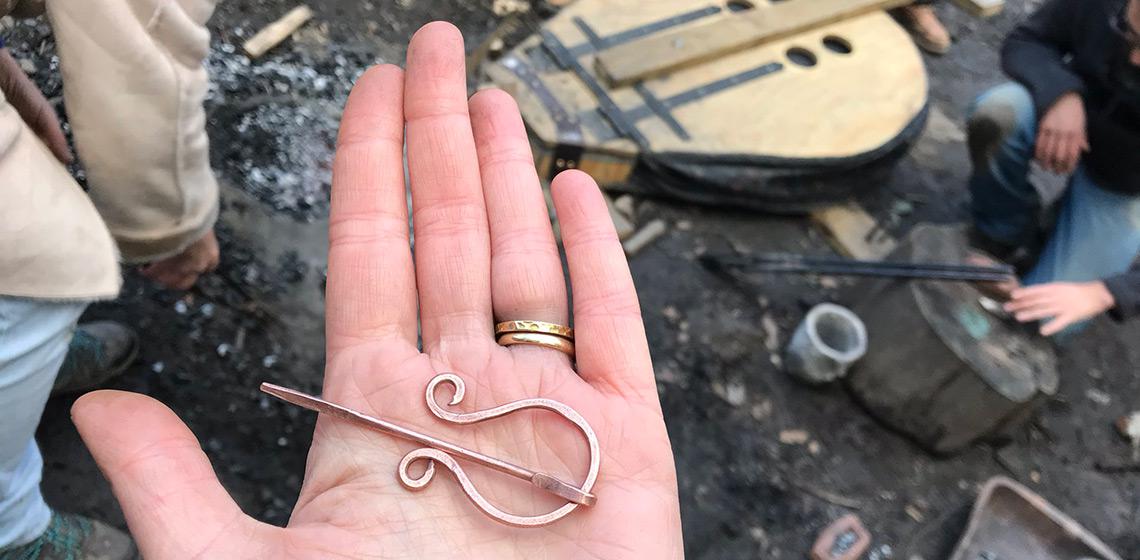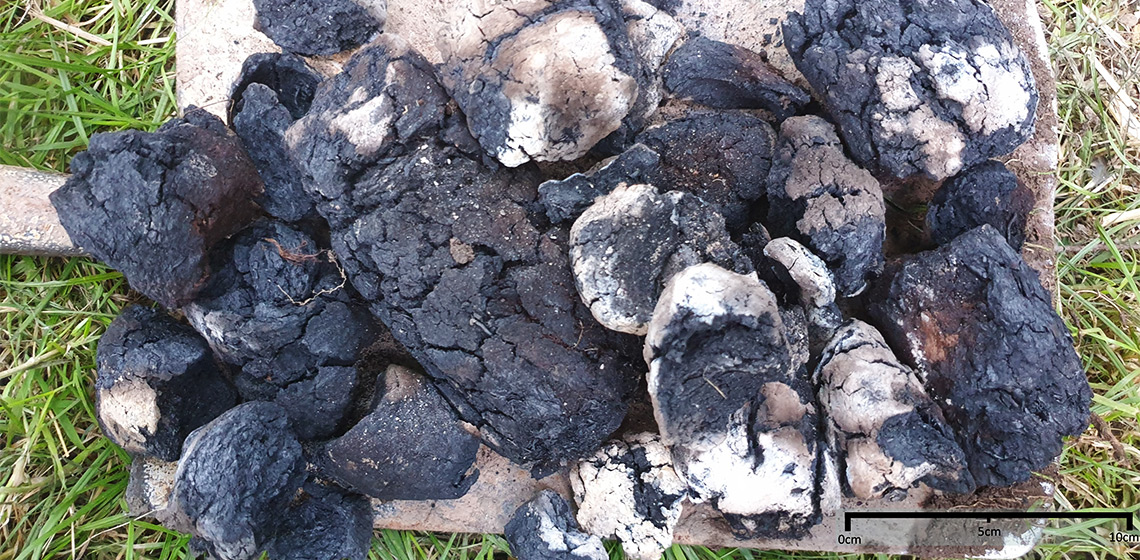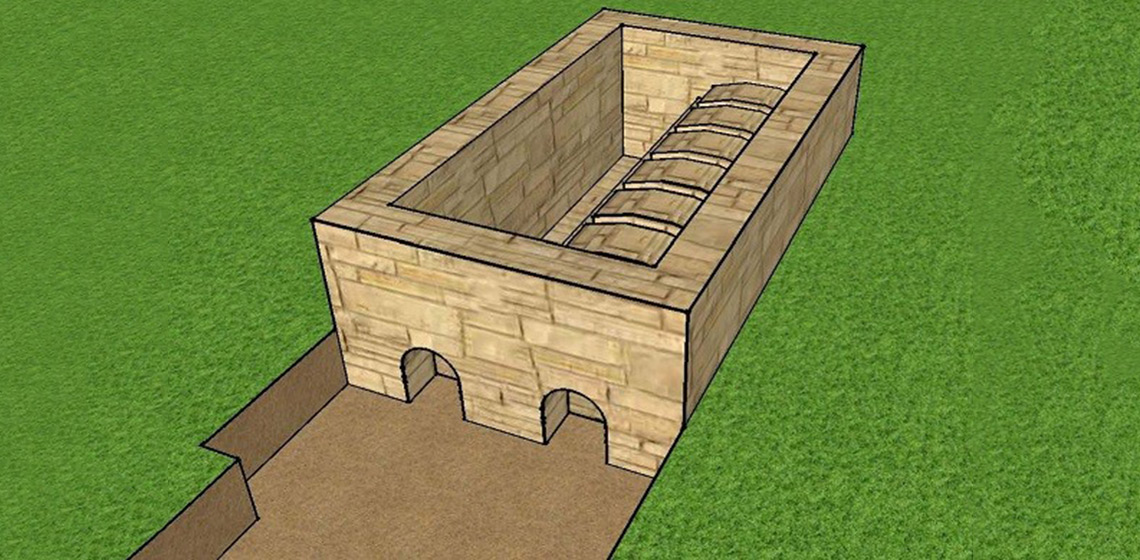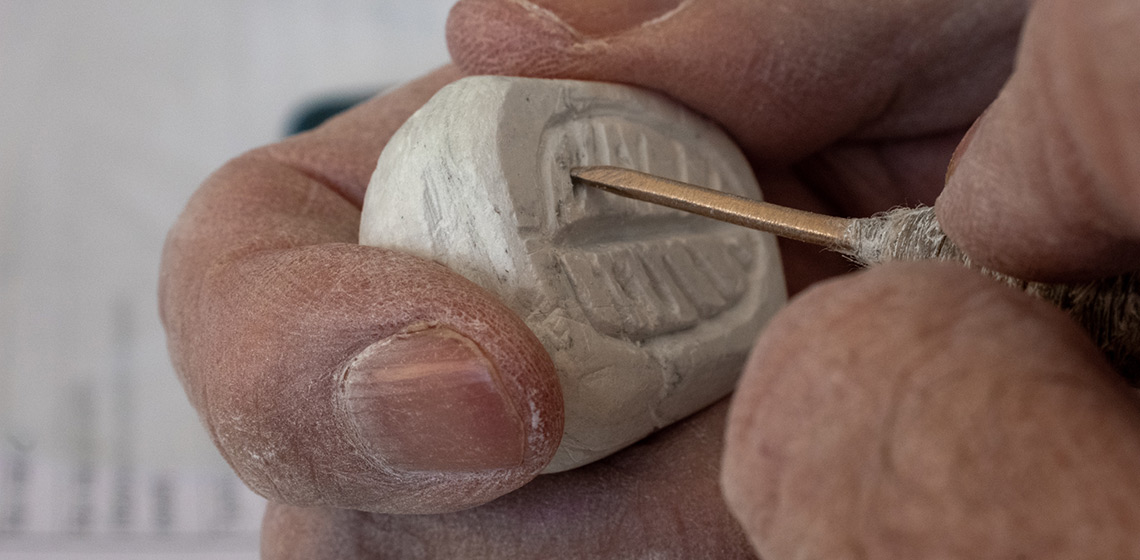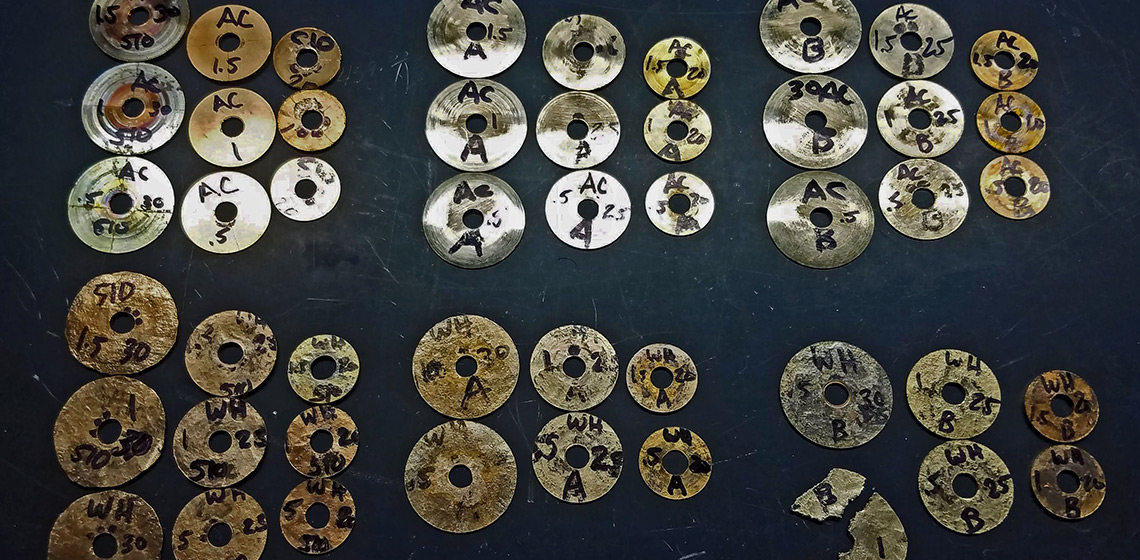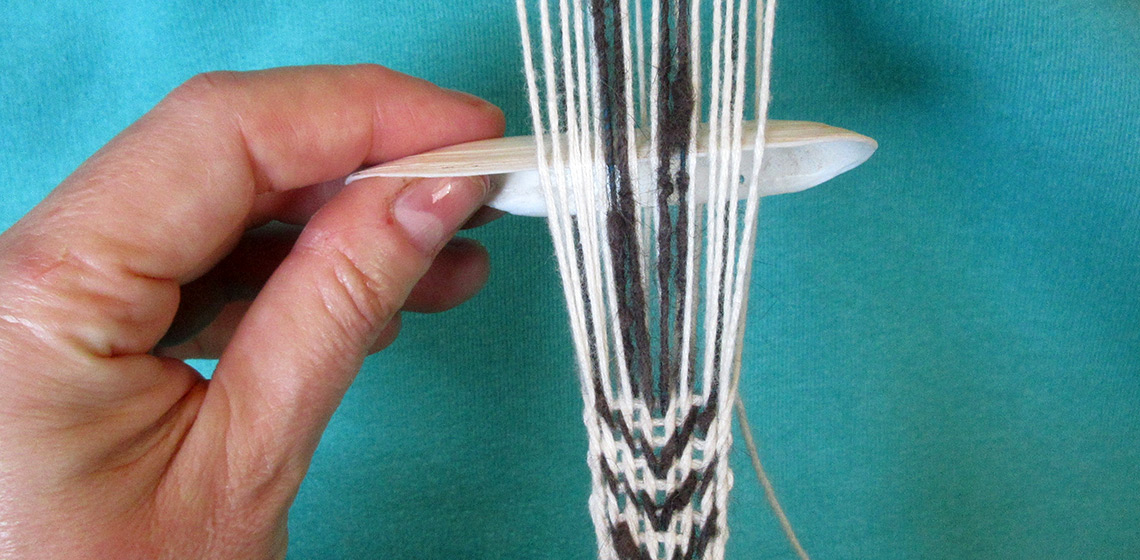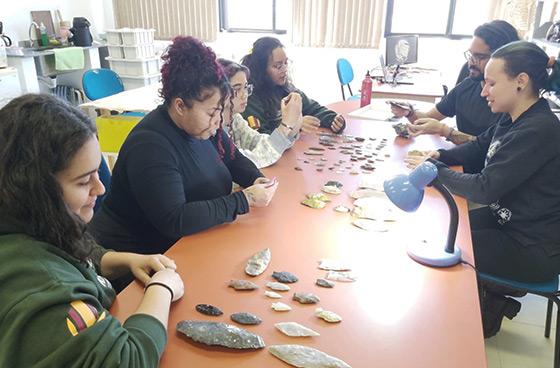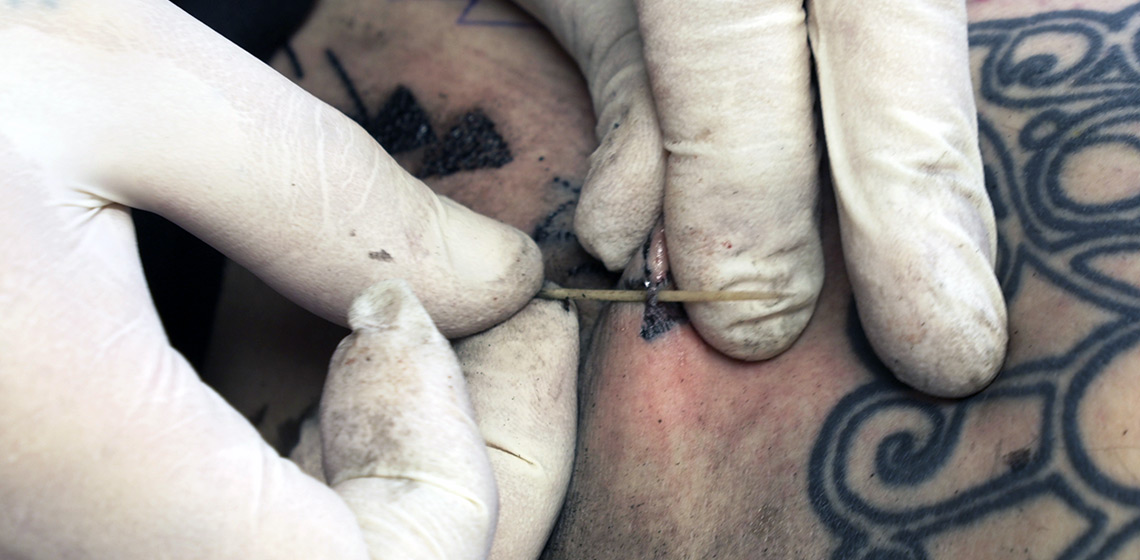Experimental Archaeology
The Production of Roman Metal Screw Threads
Metal Screw Threads In Antiquity
During the Roman period, small metal screw threads were used both as fastenings and to impart motion (Burstall, 1970, p.77; Singer, et al., 1972, pp.631–632). Screw threads as fastenings can be seen in some jewellery and screw threads to impart motion can be seen in olive presses. These screw threads could have either a square or V-shaped profile.
Department of Archaeology and Sheffield Archaeomaterials, University of Sheffield (UK)
Experimental archaeology has been a core research and teaching methodology at Sheffield since the early-1990s. Crossing archaeomaterials and environmental archaeology, experimental investigations are a key component of our work and have offered a multifaceted approach to our research. We integrate experimental methodologies and practice into our taught modules to inform interpretation as part of understanding our past.
Our research covers a vast number of archaeological periods from prehistory to recent history, working closely with modern practitioners to inform our work in a collaborative environment.
Peat Burns: The Methods and Implications of Peat Charcoaling
Hard Fun: Further Discussions on an Undergraduate Project to (Re)Construct and Fire a Medieval Tile Kiln
Leave your Stamp: Reconstruction of the Scarab Production Chain
Introduction
Scarabs were the most common type of seal-amulet in Egypt and the southern Levant during the second millennium BC, spanning the Levantine Middle and Late Bronze Ages (Keel, 2004, pp.73–101; Ben-Tor, 2007, p.119).
An Experimental Approach to Ancient Egyptian Metalworking: The Mysteries of the Sesheshet
Introduction
In our research, we investigated the metallic properties ancient Egyptian copper-alloy loop sistra that first appear during that first half of the 12th Dynasty (ca.
Function Follows Form: Assessing the Functionality of Shells and Greenstone Shell Effigies as Formative Period Mesoamerican Textile Fabrication Tools, Part 1: Tagelus plebeius Atlantic Stout Razor Clam Shells
Review of the Research
Scholarship of the past century has demonstrated that textiles have long played an important role in Mesoamerica, from the Classic period (AD 250-900) through contemporary cultures.
LAPEEX - New Laboratory for Experimental Archaeology in Brazil
The Laboratory for Evolutionary and Experimental Archaeology and Prehistory (LAPEEX - Laboratório de Arqueologia e Pré-História Evolutiva e Experimental), headed by EXARC Member Prof. Dr. João Carlos Moreno de Sousa, is the newest laboratory for experimental archaeology in Brazil. LAPEEX integrates the Institute of Humanities and Information at the Federal University of Rio Grande, located in Rio Grande city, Rio Grande do Sul state, Brazil.

